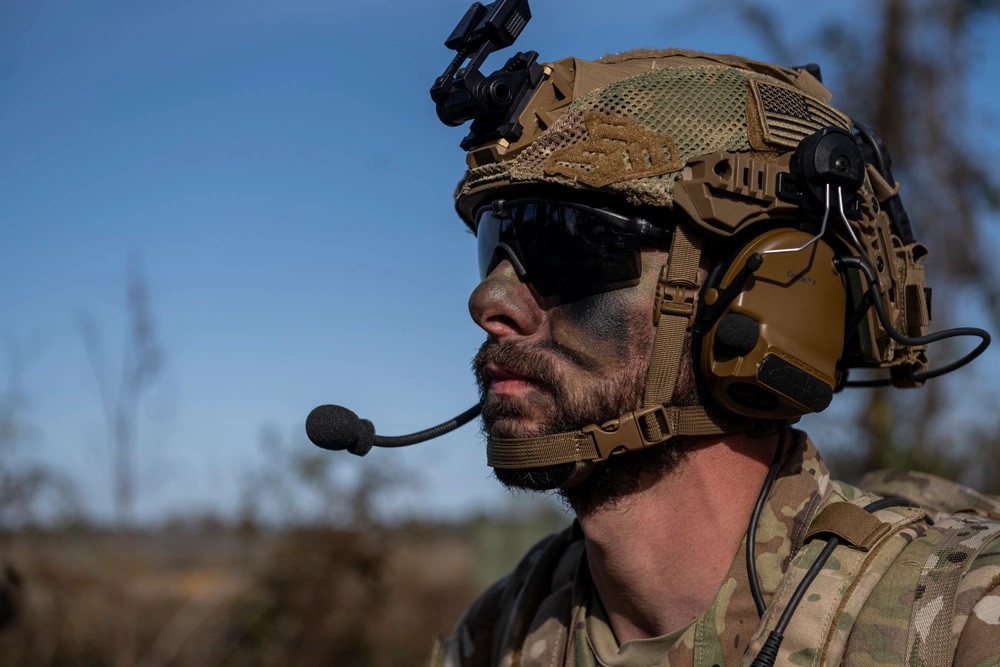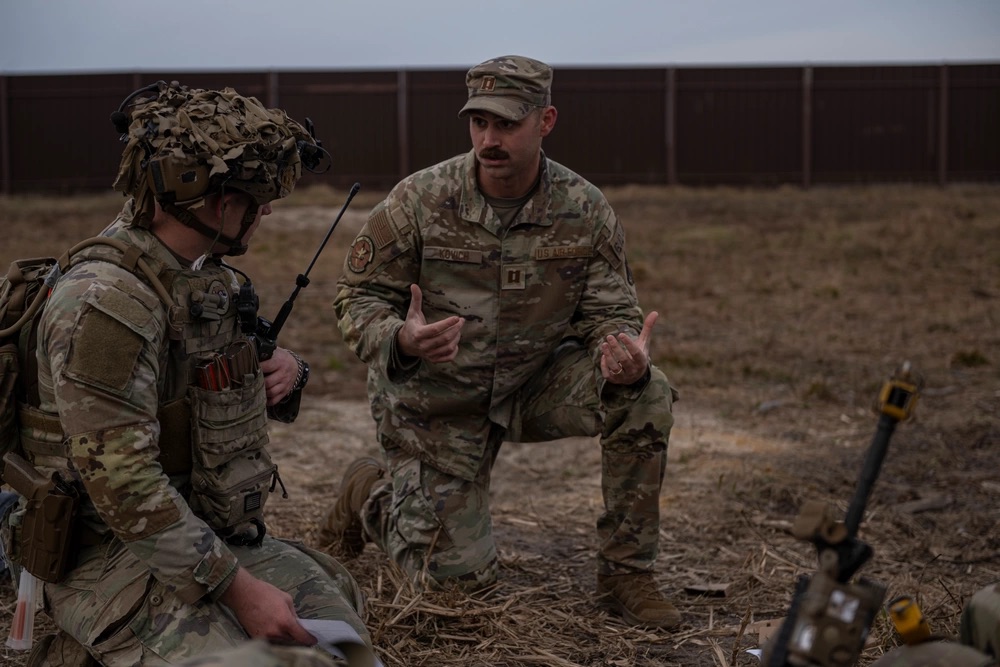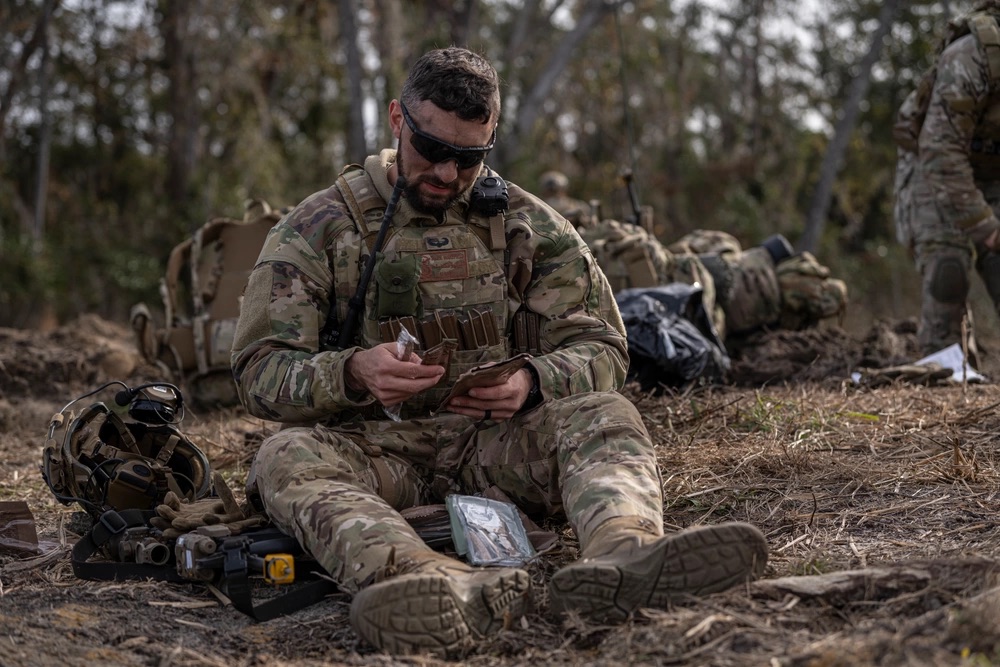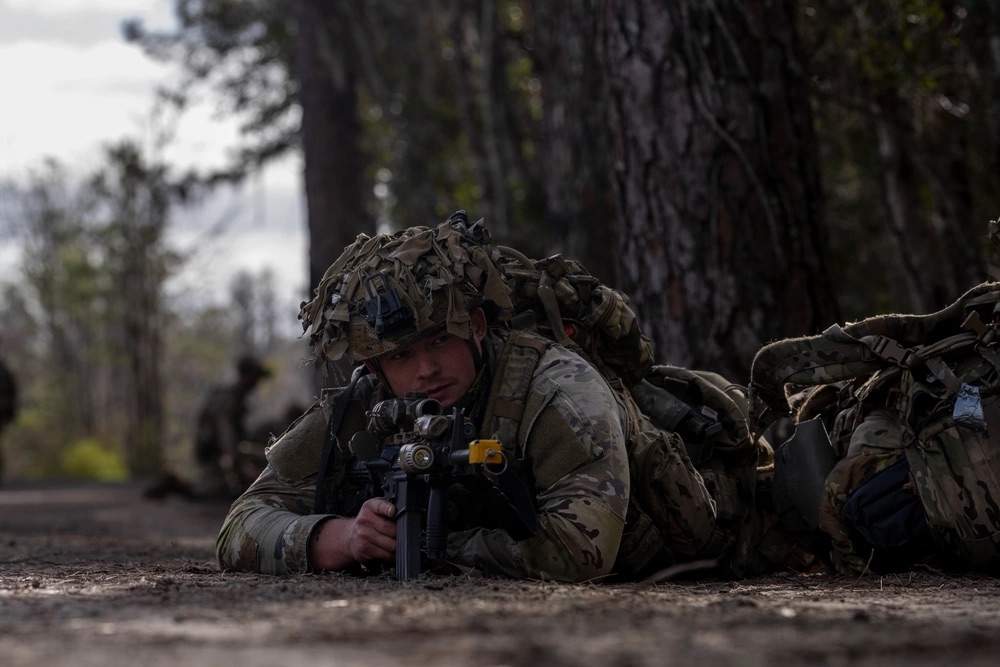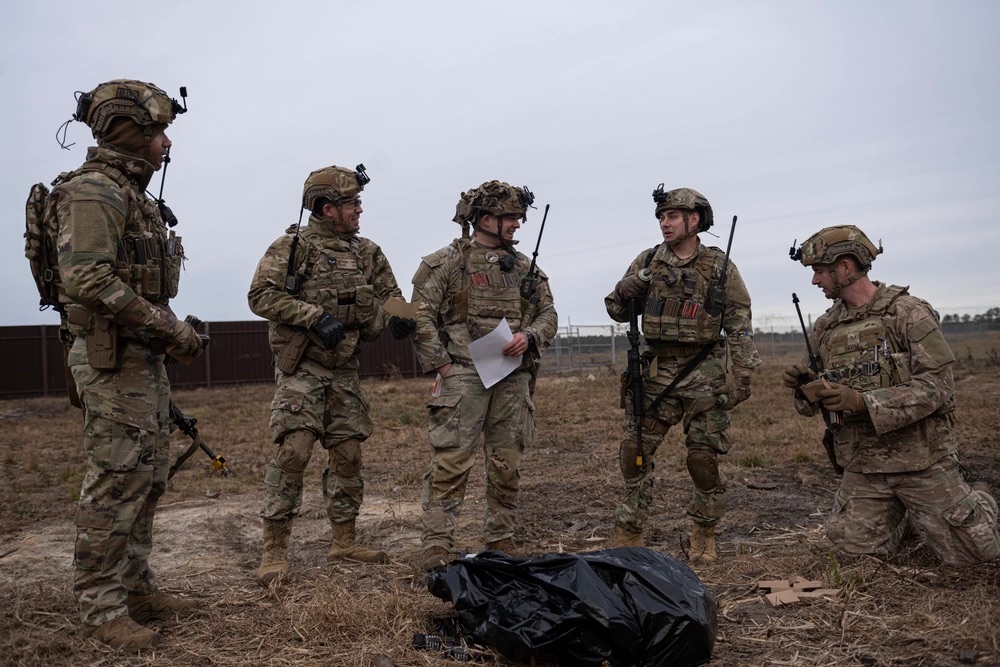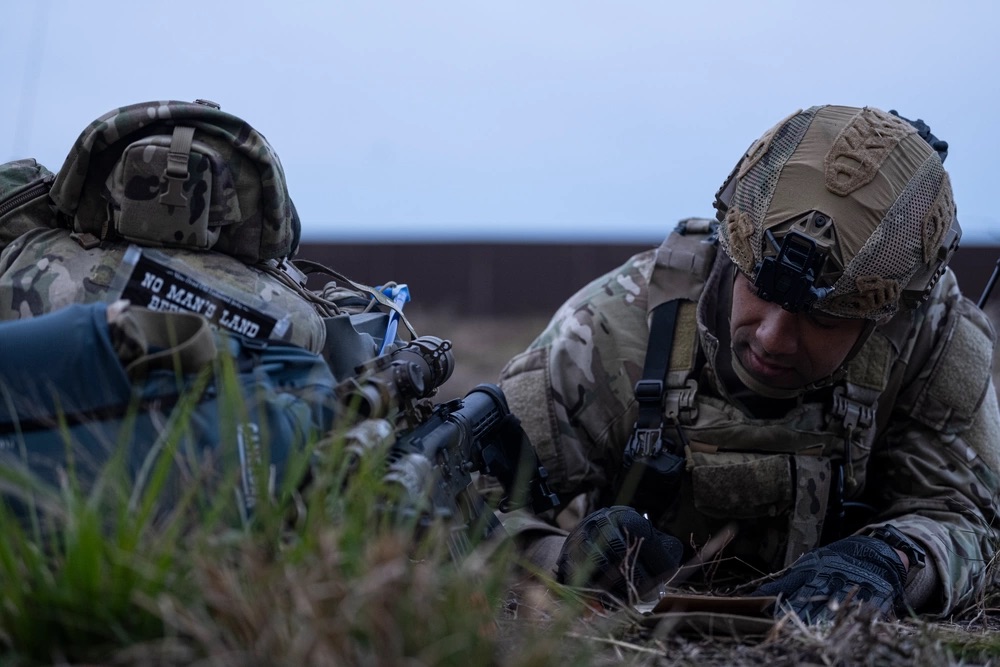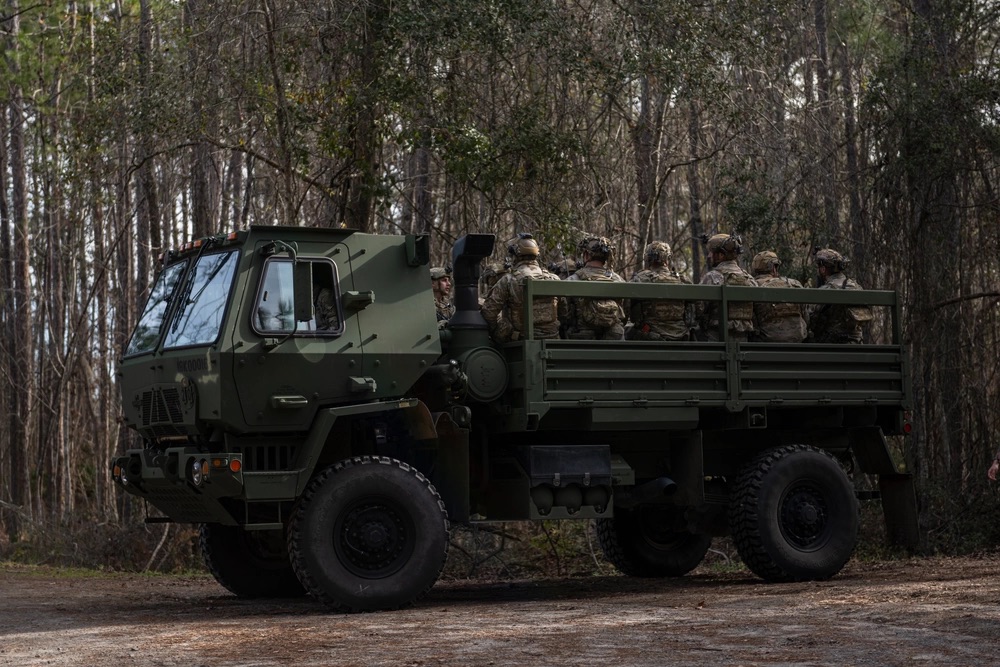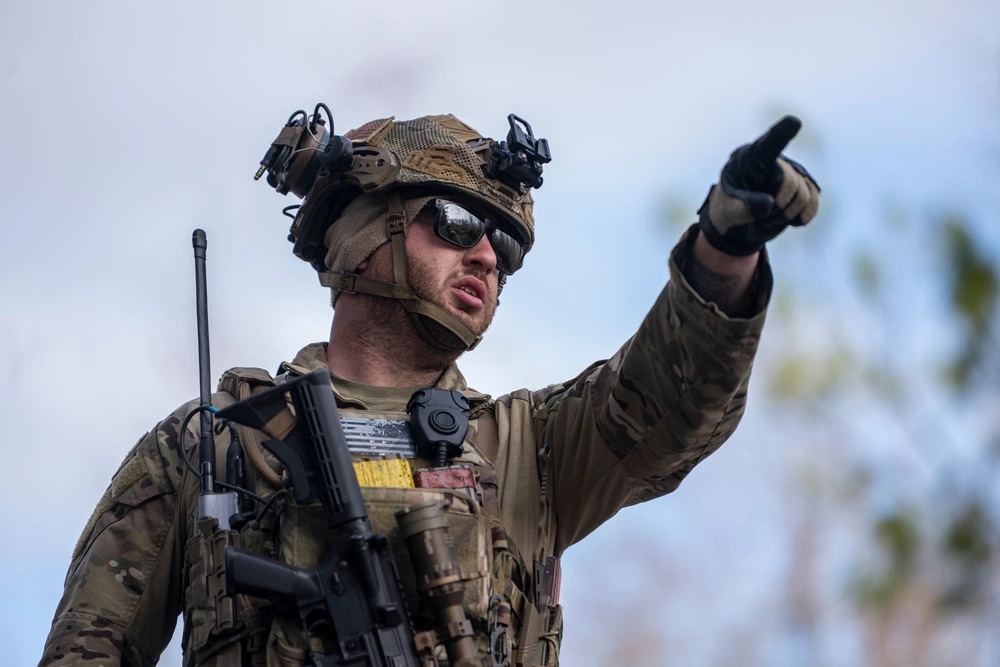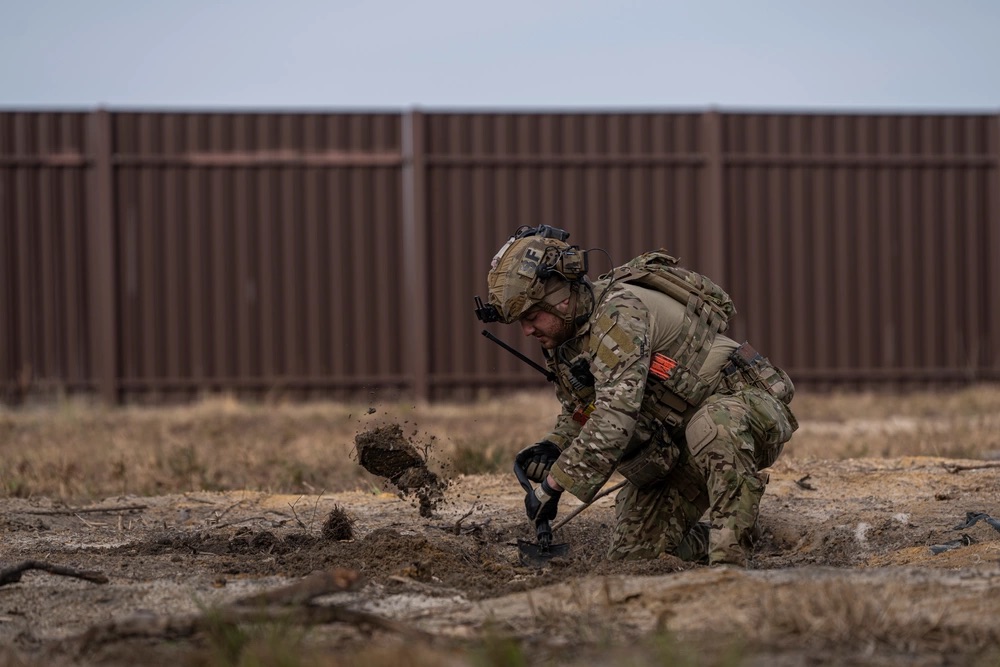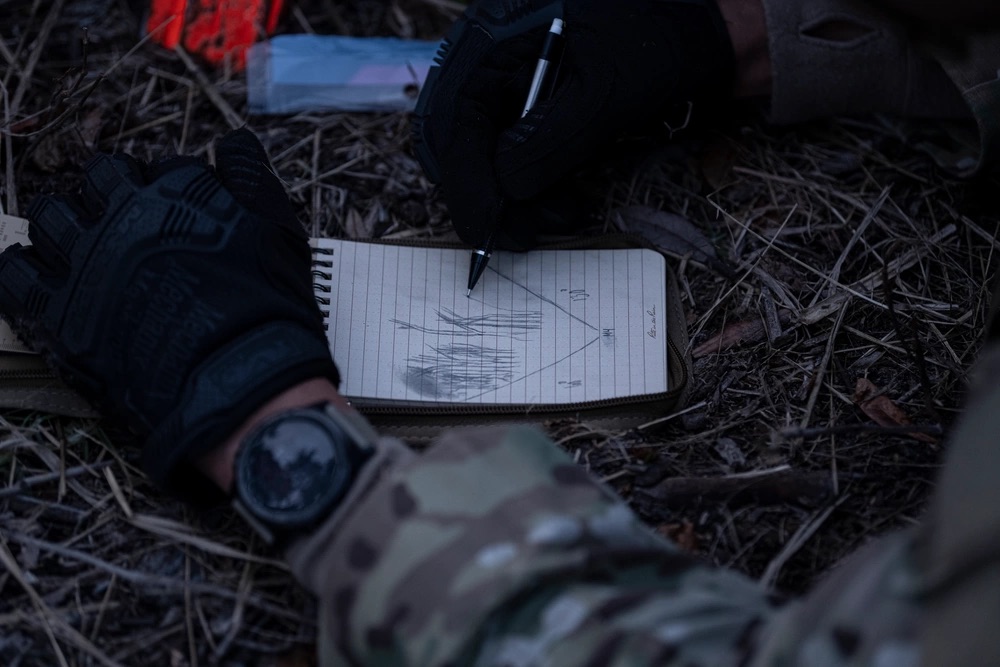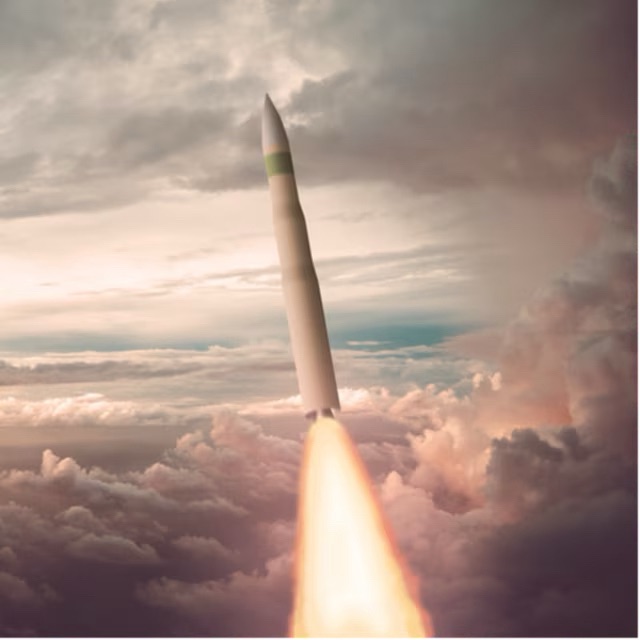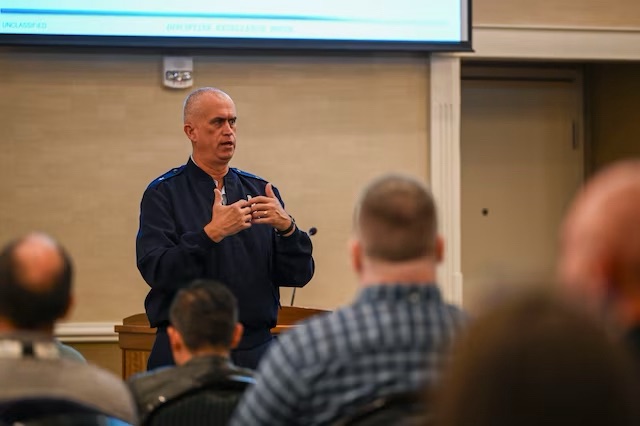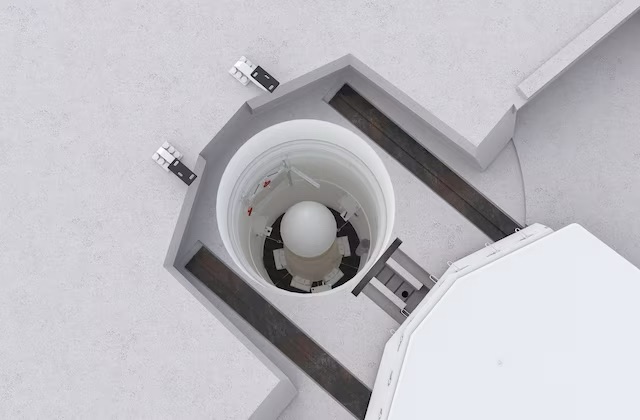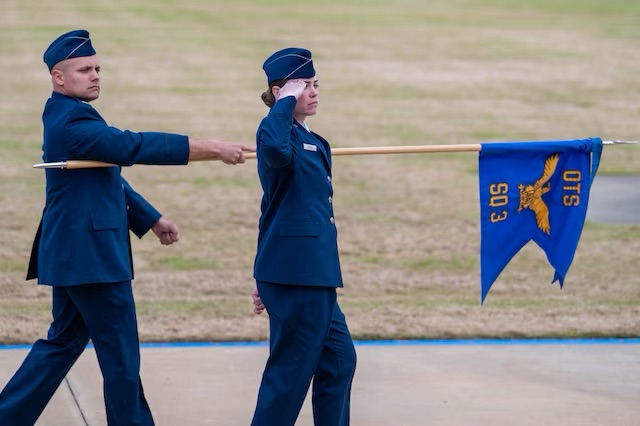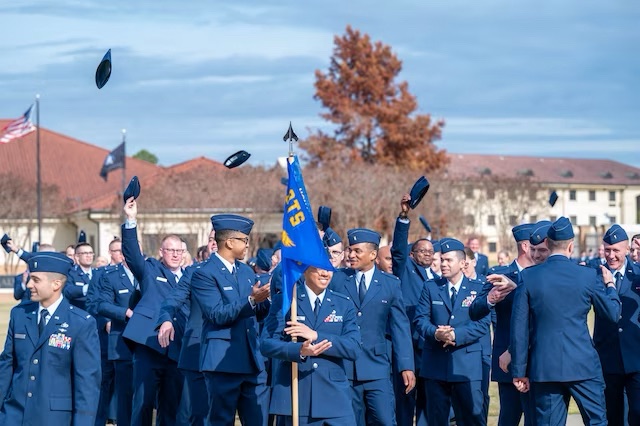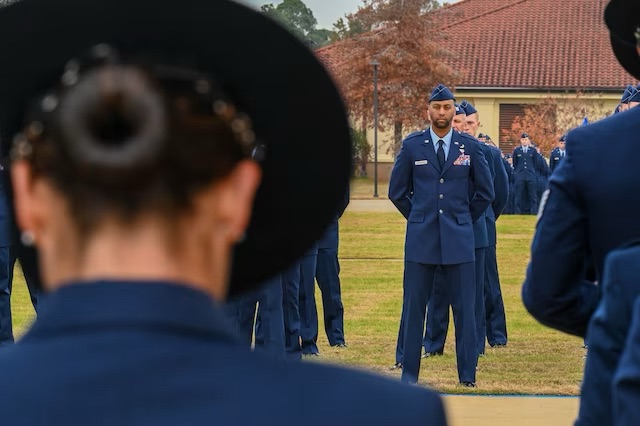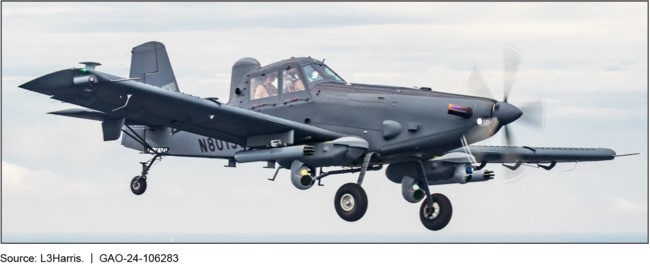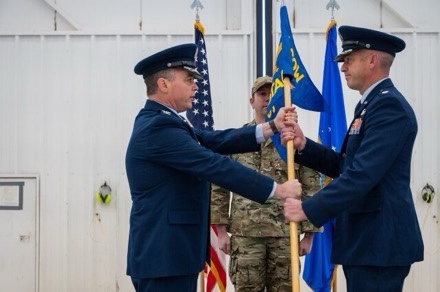WASHINGTON (AFNS) —
The Office of the Secretary of Defense Chief Digital and AI Office, Defense Innovation Unit, U.S. Indo-Pacific Command, U.S. Army Pacific Command and the U.S. Air Force will host a multi-classification hackathon open to all U.S. citizens, Feb. 5-9, 2024.
A hackathon is an innovation event commonly employed by technology companies in which teams develop prototypes in response to enterprise challenges associated with data. The BRAVO 11 Bits2Effects hackathon will occur at one of the DOD AI Battle Labs on the island of Oahu, Hawaii.
Any American citizen is eligible to apply, regardless of whether they currently work for the federal government or possess a security clearance. Applications, available online here, will be accepted on a rolling first-come-first-serve basis with the first group of acceptances taking place in mid-December. Due to past events exceeding 400 participants, BRAVO has secured an over-flow room, although organizers still expect demand to exceed supply.
Attendees are not required to hold a security clearance. However, certain spaces, use-cases and datasets may require a U.S. secret security clearance or higher. Applicants may apply as an employee for the U.S. government, a U.S. government contractor working on behalf of a federal contract or as U.S. citizen either affiliated or unaffiliated with a company. Any U.S. federal employees or federal contractors are eligible to submit potential use-cases and proposed collaborations within the application process. Sourcing a use-case to these hackathons often results in an operational prototype and feedback for the sourcing organization.
Starting in 2021, the U.S. Air Force began organizing multi-service prototyping events, known as BRAVO hackathons, to expedite learning and capability development from classified and protected operational data. This year’s BRAVO 11 Bits2Effects, the fourth BRAVO hackathon and first-held inside a combatant command, is seeking to produce solutions to combatant command challenges utilizing Indo-Pacific operational theater data. BRAVO utilizes a permissive software development environment that permits the co-mingling of classified and protected data with untrusted open-source and commercial software otherwise not approved for production systems within minutes.
Prior hackathons have produced prototypes influencing major Defense Department programs in areas including large language models, space launch, flight telemetry and biometrics, unmanned systems, personnel recovery, security classification, sensing and targeting and battle damage assessment among others.
“In the early 1920s, Army Col. Billy Mitchell assessed battleships, a top military funding priority of the Department of War, could be sunk by bombers just 1/80th the cost,” said Stuart Wagner, Chief Digital Transformation Officer for the Department of the Air Force and BRAVO AI Battle Labs Executive Agent. “To disprove widely held resourcing beliefs of senators, four-star generals and the Secretary of War, Mitchell organized the Project B exercises where bombers repeatedly sunk German-captured battleships, changing warfare by turning investments to airpower in the leadup of World War II.
The BRAVO DoD AI Battle Labs are again seeking to change how warfare is conducted by enabling innovators to develop and employ data driven effects during competition and conflict.”
Applicants looking to participate may do so in one of three roles:
The “Hacker” role is open to all applicants and expects project builders with varying skill sets and experience, including operational and warfighter expertise, software development, data science, machine learning, design and user interface/user design, data visualization and product management. Hackers may optionally supply a use case during the application process.
The “Hacker Subject Matter Expert” role is open to government and government contractors who lead one or more teams with specific expertise about a use case or dataset or supplies and administers infrastructure utilized at the hackathon. HackerSMEs will be required to supply a use case during the application process.
The “Supporter” role, open to government and government contractors, provides administrative support to the event by running security, facilitating supplies delivery, organizing social events and facilitating the delivery of science fair materials and attendee check-in.
Any federal government organization (contractor or government) is eligible to submit a use case, dataset, infrastructure or potential collaboration with the hackathon by submitting a Hacker/HackerSME application to the event. Further clarification can be obtained via saf.cn.bravo@us.af.mil. U.S. citizens and industry not leveraging an existing DoD contract for their proposed collaboration are encouraged to contact the Defense Innovation Unit at onramp-hack-bravo@diu.mil.
Story by U.S. Department of Defense


